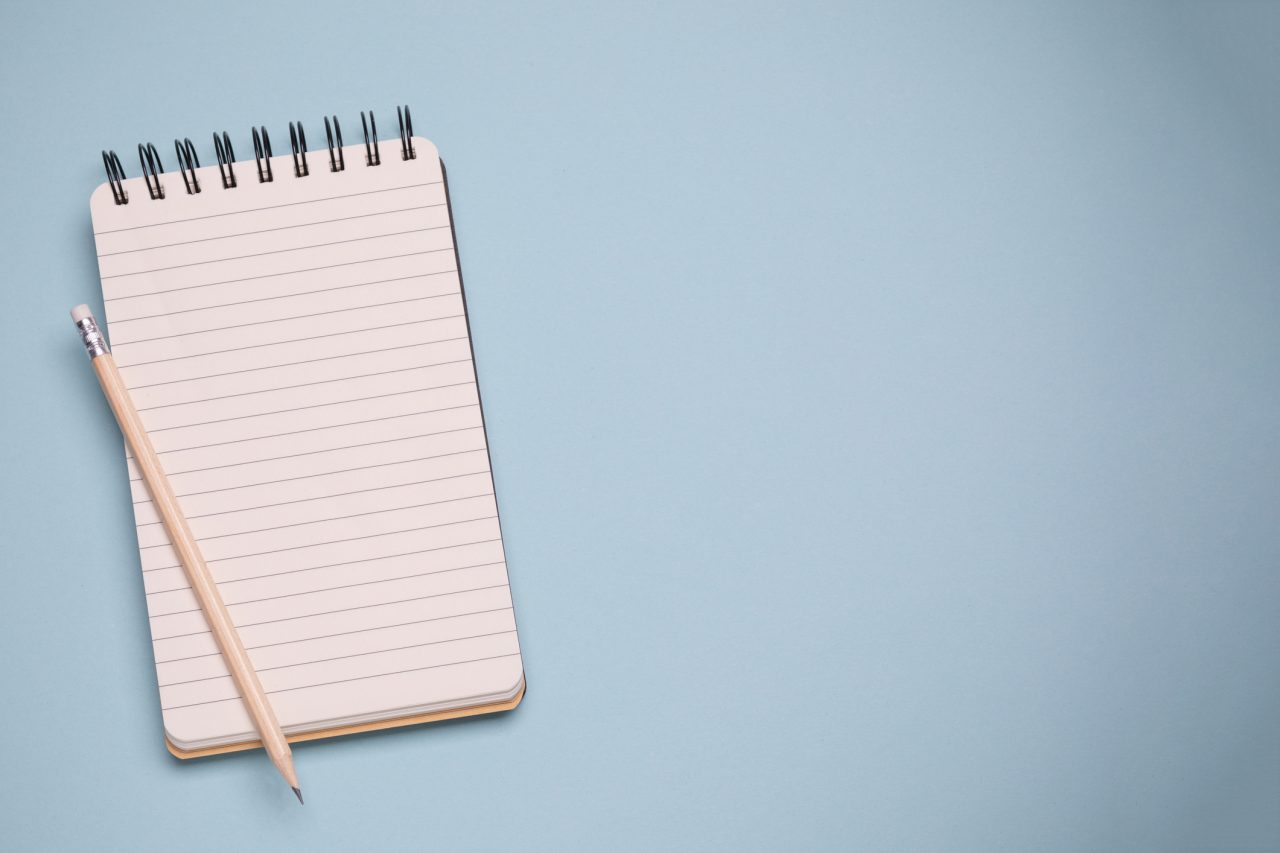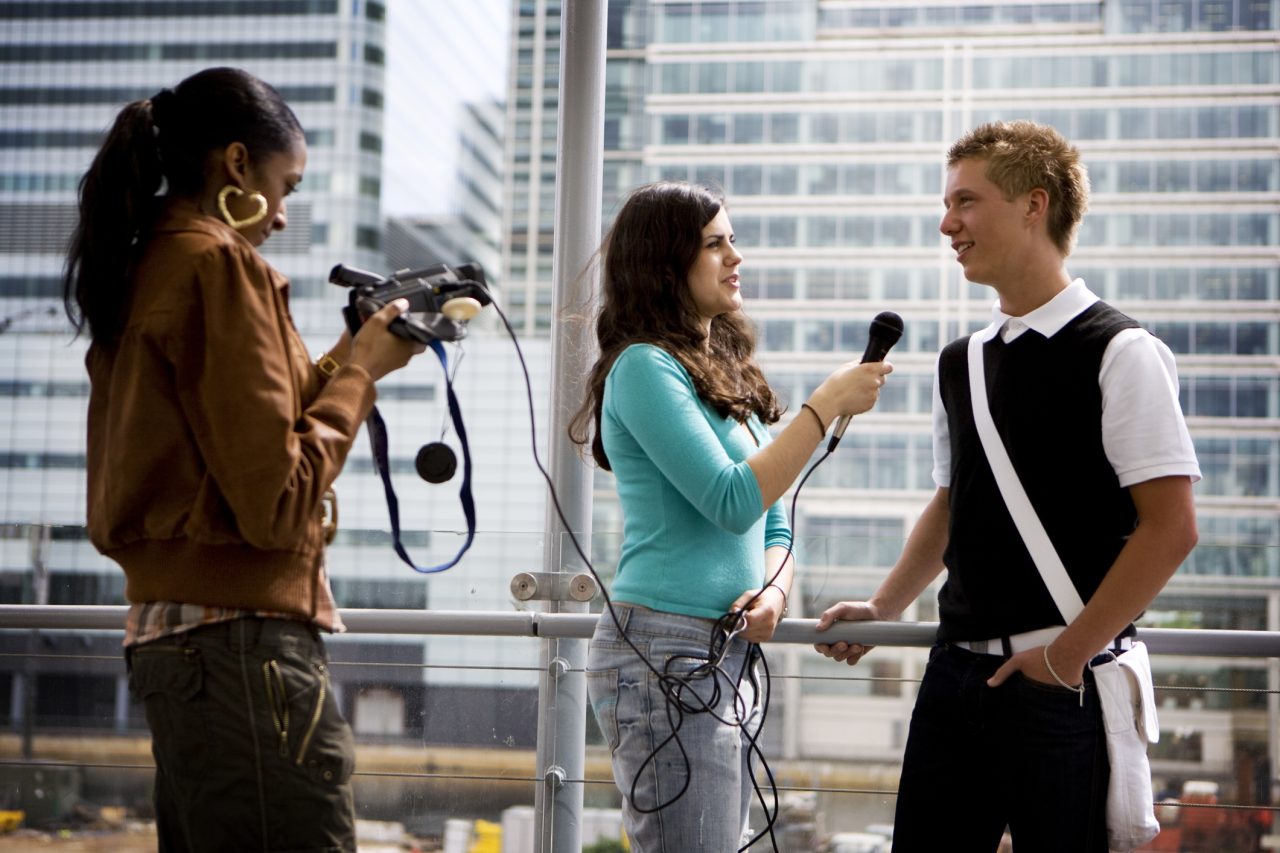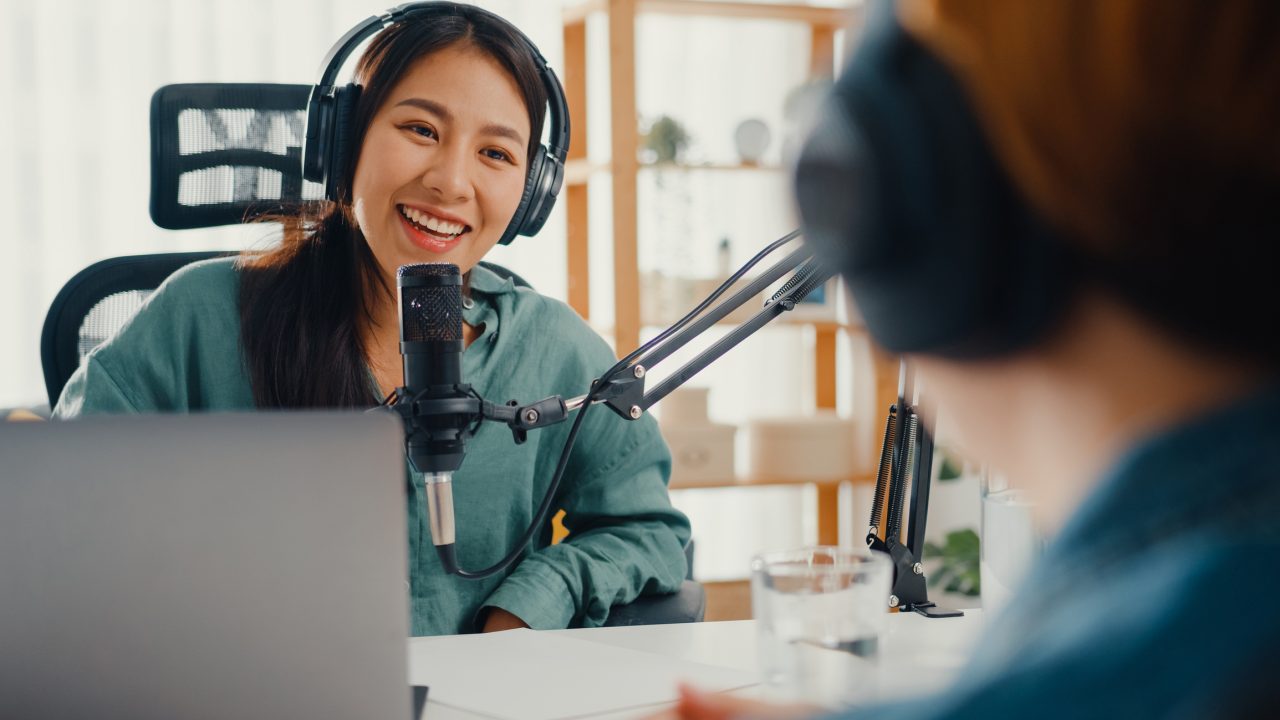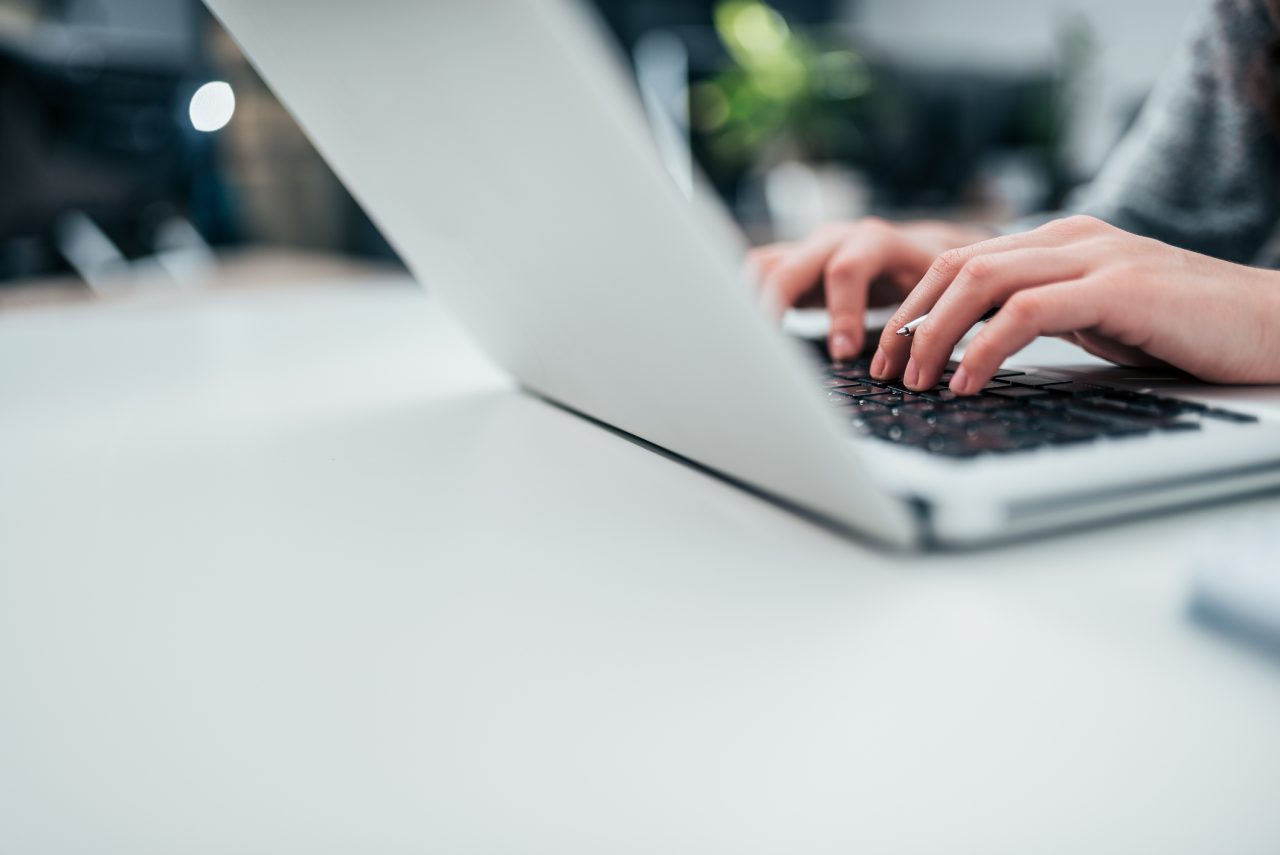Ten steps for engaging interviews
Reading, watching, or listening to interviews with other people can arouse different feelings. Some might make you feel inspired, happy, and interested, while others leave you feeling angry or irritated. For the interviewer, the most successful interviews trigger strong feelings in the person being interviewed. The least successful interviews leave the audience bored, uninterested, and unwilling to read, watch or listen to the whole session.
The following tips will teach you how to create interview questions that are interesting for everyone involved.

Blokk og papir
1. Understand what you are producing
What is an interview? It is a journalistic category including one person (the interviewer/journalist) having a conversation with another (the interviewee). The goal of the interview is to get interesting information that can be presented to the public later. Once the interview has been completed and finalized, it can be published as a video or audio tape or as a written article. Anyone reading, listening to, or watching the interview should get insight into the voice and personality of the person being interviewed.

Ung kvinnelig journalist intervjuer en ung mann
2. Who and why?
Who are you going to interview and why? What do you want your story to be about?
You can start with whichever of these two questions you want. Maybe you were told to interview a certain person, or maybe you already have a topic that you want to explore. If it’s the latter, you’ll need to find someone who knows a lot about the subject. For example, the interview format you choose could be a portrait interview. The goal here is to know the interviewee better. Alternatively, you may be putting together a story on a specific topic and need to interview a so-called ‘source’ who is an expert on the issue.

Blokk og papir
3. Draft an interview agreement
Once you know who you want to interview and why, contact the person to see if they would like to take part. Be sure to explain why you are contacting them, what the interview will cover, and where it will be published. Also let them know if you plan to take photos or record the interview. It’s important that the interviewee gets all the necessary information beforehand to avoid any misunderstandings. This is called being transparent. When you are transparent, you give the impression of being trustworthy, and nothing is better than having an interviewee who trusts you.

Gjøre en avtale over telefon

Blokk og papir

6. Be yourself
Conductiing an interview with another person can seem a bit frightening. After all, you are the person who has arranged it and you are meant to be leading the interview. It is only natural to feel a bit nervous. But remember that if you have done your research, prepared in advance, and have your questions in front of you, you can’t go wrong. If you are feeling a bit nervous or excited, it can sometimes be positive to mention how you are feeling. This is especially true if this is the first time you are conducting an interview. Saying things out loud can do a lot to help to calm your nerves. Finally, don’t forget to smile! A smile can go a long way.

Radiointervju

Blokk og papir
8. Ask clarification and follow-up questions
Your interview will be more interesting and exciting if you dig a little deeper into the answers that you’ve been given. Two easy questions to use for clarification and follow-up are, “Why (or how) did that happen?” and “Can you tell me a little bit more about that?”. By asking clarification and follow-up questions, you can point out the sections of your interview that are boring or lack depth. This will make your final result better.


Blokk og papir
10. Write as you have never written before!
Now it’s time to get on with your writing. Follow your manuscript as much as you can, but remember that you can make changes along the way if needed. This is your interview, and you are in charge of how it will develop.
Don’t forget that including descriptions of your interviewee is really useful. Information showing where the interview took place and what the interviewee was wearing helps to set the scene. You want to paint a picture for your readers since they weren’t present during the actual interview. Improve your story even more with quotes and descriptions. Lastly, always check your work and make sure that you’ve included all your key messages and points correctly.

Tastatur laptop
Sources:
- dintekstforfatter.no (05.11.21): Hvordan skrive intervju?
https://dintekstforfatter.no/hvordan-skrive-intervju/
- abcnyheter.no (05.11.21): Slik skriver du intervjuer.
https://www.abcnyheter.no/nyheter/2008/04/10/64456/slik-skriver-du-intervjuer
- dincvhjelp.no (05.11.21): Hvordan skrive et intervju?
https://www.dincvhjelp.no/hvordan-skrive-et-intervju/
Media Rights:
-
-
Getty Images
-
Getty Images
-
Getty Images
-
Getty Images
-
Getty Images
-
Getty Images
-
Getty Images
-
Getty Images
-
Getty Images
-
Getty Images
-


